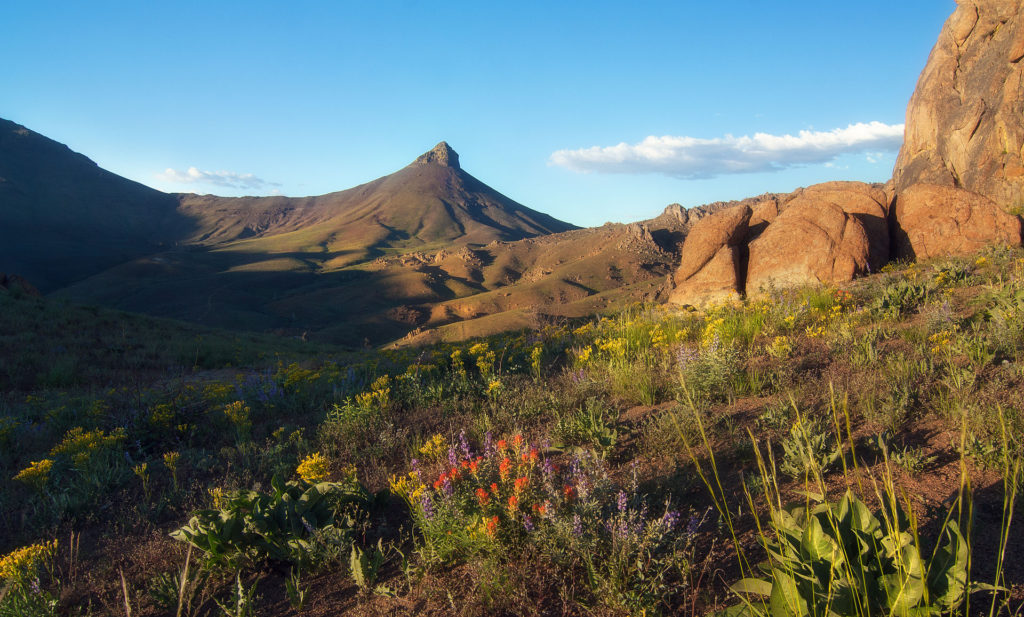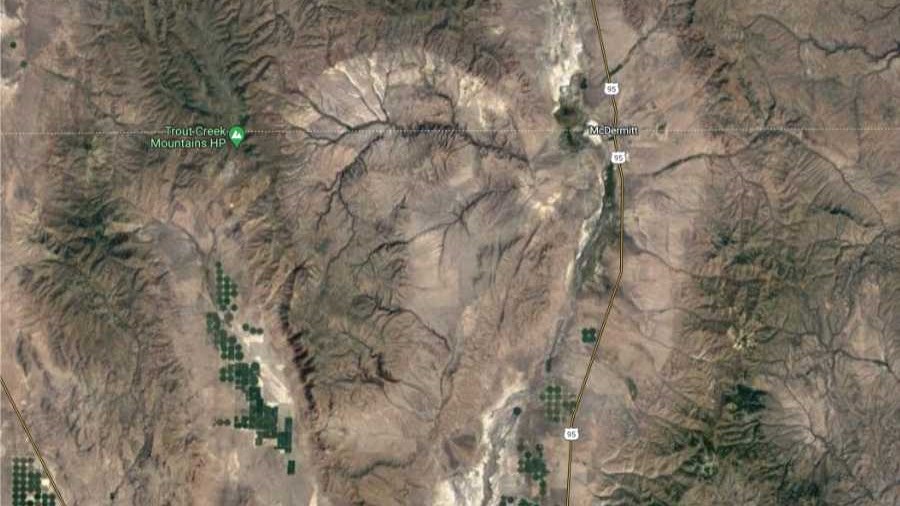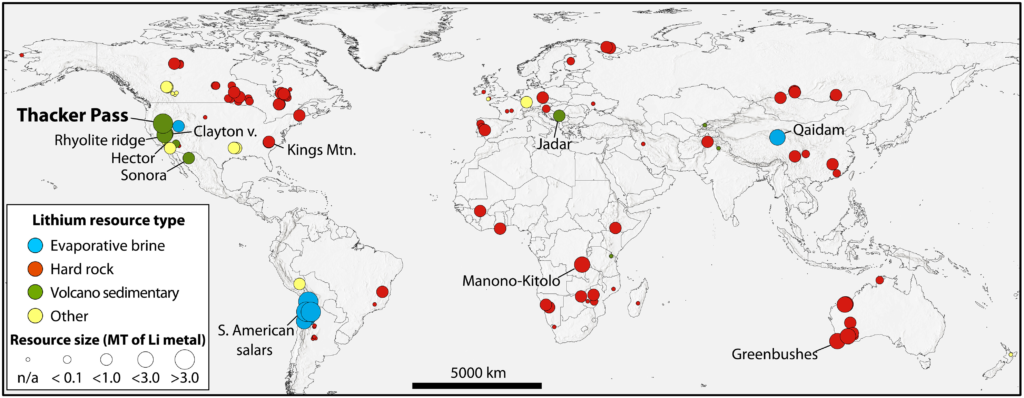Ancient volcano in US may hold largest lithium resource on Earth

A group of US geologists may have found what they believe to be the world’s largest lithium reservoir inside an ancient supervolcano sitting along the Nevada-Oregon border.
A new study published in the journal Science Advances estimates that the McDermitt Caldera, a large volcanic crater measuring approximately 45 km long and 35 km wide in southeastern Oregon and northern Nevada, hosts claystones containing 20 to 40 million metric tons of lithium.
The high end of the estimated resource easily dwarves the amount of lithium held in Bolivia’s salt flats, which have long held the record for the most lithium resource with some 23 million metric tons.
Even if this estimation is high due to variations in sediment thickness and/or lithium grade, the lithium inventory contained in McDermitt Caldera would still be on par with, if not considerably larger than, the 10.2 million tonnes estimated to be contained in brines beneath the Salar de Uyuni in Bolivia, previously considered the largest lithium deposit on Earth, the study stated.
According to the study, the McDermitt Caldera, particularly in its southern portion in Nevada in an area called Thacker Pass, contains extremely high lithium grades (up to ~1 weight %), more than double the known claystone lithium resources globally.

Volcano sedimentary resource
Currently, the world’s lithium resources are mostly found in pegmatites and greisen veins (hard rock) and high-elevation evaporitic brines (see figure below).
The McDermitt Caldera represents a third type of lithium resource called volcano sedimentary, which occurs as sediments associated with centers of silicic volcanism. Chief among volcano sedimentary resources are those within the McDermitt Caldera, the study highlighted.

McDermitt Caldera is believed to have formed about 19 million years ago, and last erupted 16 million years ago. Geologists believe the eruption pushed minerals from the ground to the surface, which left lithium-rich smectite clay. Faults and fractures also formed from the explosion that provided a way for lithium to rise to the surface of the crater.
“They seem to have hit the sweet spot where the clays are preserved close to the surface, so they won’t have to extract as much rock, yet it hasn’t been weathered away yet,” Anouk Borst, a geologist at KU Leuven University who was not involved in the study, told Chemistry World.

To date, approximately 5.1 million tonnes of lithium resource in the measured and indicated category have been reported from two sources: Thacker Pass project held by Lithium Americas, which is eyeing production for the second half of 2026, and Jindalee Resources’ McDermitt project.
Watershed moment
The latest revelation on McDermitt Caldera and its potential lithium resources may prove to be a watershed moment for not only America’s race to mine critical minerals, but also the entire industry.
“If you believe their back-of-the-envelope estimation, this is a very, very significant deposit of lithium,” Borst said. “It could change the dynamics of lithium globally, in terms of price, security of supply and geopolitics.”
Tom Benson, VP global exploration at Lithium Americas and one of the authors of the study, told the DailyMail that he began studying the McDermitt Caldera in 2012 to understand why it contained so many different deposits.
“I soon began to realize that lithium was the behemoth, occurring throughout the caldera from the northern tip in Oregon to the southern tip in Nevada,” he added.
In reference to his company’s Thacker Pass project, Benson confirmed that lithium-bearing sediments at the deposit are right at the surface of the Earth, which makes it “one of the least impactful mines ever to be built.’
More News
{{ commodity.name }}
{{ post.title }}
{{ post.date }}

3 Comments
Nick Proctor
This is news? Seems more like promotion. Has lithium from clay been demonstrated to be economically extracted?
Michael pasipamire
Lithium rich smectite (trioctrahedaral) clay will play a big role in changing the world as it will aid in providing advanced technologies
Jack Schmedeman
Outstanding exploration work. Kudos!